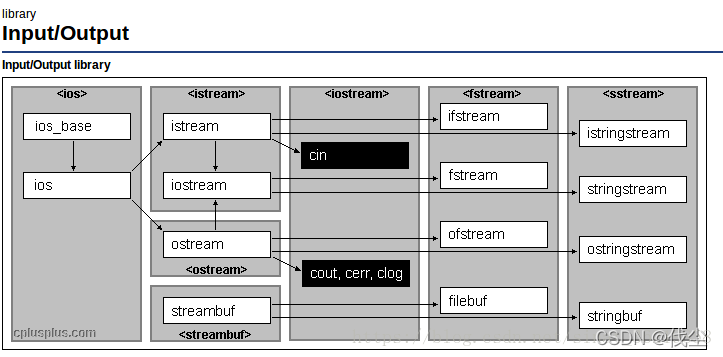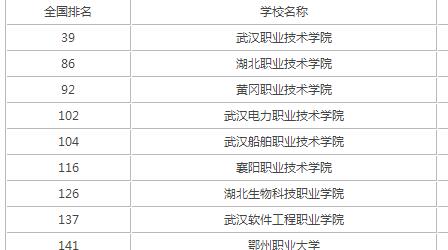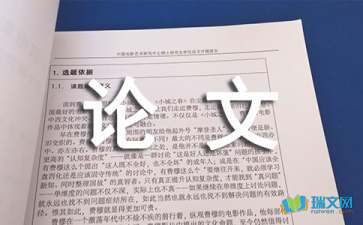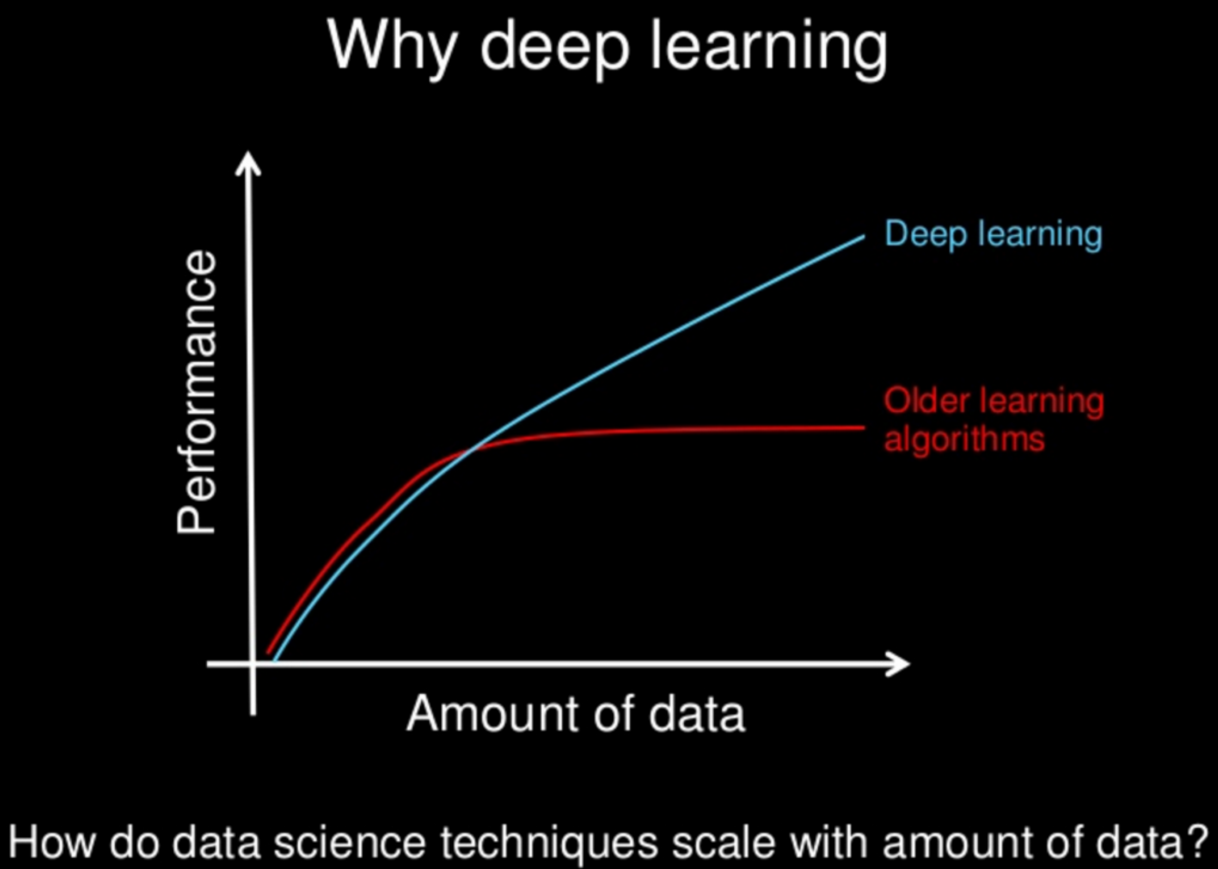目录
文章目录
- 输入流的继承关系:
- 成员函数
- Public member functions
- 1, (constructor)
- 2,ifstream::open
- 3,ifstream:: is_open
- 4,ifstream:: close
- 5,ifstream:: rdbuf
- 6,ifstream:: operator =
- Public member functions inherited from istream
- 7,std::istream::operator>>
- 8,istream::gcount
- 9,istream::get
- 10,istream::getline
- 11,istream::ignore
- 12,istream::peek
- 13,istream::read
- 14,istream::putback
- 15,istream::unget
- 16,istream::tellg
- 17,istream::seekg
- Public member functions inherited from ios
- 18,ios::good
- 19,ios::operator!
- 20,ios::operator bool
- 21,ios::rdstate
输入流的继承关系:
ios_base <- ios <- istream <- ifstream
C++ 使用标准库类来处理面向流的输入和输出:
- iostream 处理控制台 IO
- fstream 处理命名文件 IO
- stringstream 完成内存 string 的IO
每个IO 对象都维护一组条件状态 flags (eofbit, failbit and badbit),用来指出此对象上是否可以进行 IO 操作。如果遇到错误—例如输入流遇到了文件末尾,则对象的状态变为是失效,所有的后续输入操作都不能执行,直到错误纠正。
头文件 <fstream>包含的多个文件流类,这里列出常用的4个:
ifstreamInput file stream class (class )链接ofstreamOutput file stream (class )链接fstreamInput/output file stream class (class )链接filebufFile stream buffer (class )链接
成员函数
Public member functions
1, (constructor)
第一种不绑定文件,后续用open() 绑定。
第二种绑定文件 filename ,读取模式默认参数为 ios_base::in可以省略。
default (1) ifstream();
initialization (2)
explicit ifstream (const char* filename, ios_base::openmode mode = ios_base::in);
explicit ifstream (const string& filename, ios_base::openmode mode = ios_base::in);
2,ifstream::open
打开文件filename,模式默认 ios_base::in
void open (const char* filename, ios_base::openmode mode = ios_base::in);
void open (const string& filename, ios_base::openmode mode = ios_base::in);
函数参数:
- filename 要打开文件的文件名
- mode 打开文件的方式
| member constant | stands for | access |
|---|---|---|
| in | input File | 读的方式打开文件 |
| out | output | 写的方式打开文件 |
| binary | binary | 二进制方式打开 |
| ate | at end | 打开的时候定位到文件末尾 |
| app | append | 所有操作都定位到文件末尾 |
| trunc | truncate | 丢弃打开前文件存在的内容 |
3,ifstream:: is_open
bool is_open() const;
文件流对象与文件绑定,返回 true ,否则 false 。
4,ifstream:: close
void close(); //关闭文件流
5,ifstream:: rdbuf
filebuf* rdbuf() const;
返回一个 filebuf 对象指针,(The pointer to the internal filebuf object.)
6,ifstream:: operator =
copy(1) ifstream& operator= (const ifstream&) = delete;
move(2) ifstream& operator= (ifstream&& rhs);
等号运算符禁止使用左值引用,可以使用右值引用。(即右边的值必须是一个即将销毁的临时对象)
Public member functions inherited from istream
7,std::istream::operator>>
输入终端 cin 和 ifstream 都是 istream 的子类,所以输入操作符 >> 用法相同。对变量进入输入的时候重载了常用的数据类型。
arithmetic types (1)
istream& operator>> (bool& val);
istream& operator>> (short& val);
istream& operator>> (unsigned short& val);
istream& operator>> (int& val);
istream& operator>> (unsigned int& val);
istream& operator>> (long& val);
istream& operator>> (unsigned long& val);
istream& operator>> (long long& val);
istream& operator>> (unsigned long long& val);
istream& operator>> (float& val);
istream& operator>> (double& val);
istream& operator>> (long double& val);
istream& operator>> (void*& val);stream buffers (2)
istream& operator>> (streambuf* sb );manipulators (3)
istream& operator>> (istream& (*pf)(istream&));
istream& operator>> (ios& (*pf)(ios&));
istream& operator>> (ios_base& (*pf)(ios_base&));
8,istream::gcount
streamsize gcount() const;
返回最后一个输入操作读取的字符数目。
可以修改这个返回值的函数有:get,getline,ignore,peek,read, readsome,putback and unget. 其中函数peek, putback and unget 被调用后gcount()返回值为0。
9,istream::get
single character (1): //读取一个字符,遇到'\n',也从流中取出。
int get(); //字符按 int 返回
istream& get (char& c); // 读到c中//读取n个 c 风格字符串到数组s中,遇到'\n'(或delim)停止读取,并把'\n'留在输入流中,若要读取多行,就要需要int get() 来取出'\n',才能读下一行。
c-string (2):
istream& get (char* s, streamsize n);//默认delim是换行字符'\n'
istream& get (char* s, streamsize n, char delim) //指定读取停止字符 delimstream buffer (3): //内容读取到 streambuf 对象中。
istream& get (streambuf& sb);//默认delim是换行字符'\n'
istream& get (streambuf& sb, char delim);//指定读取停止字符 delim
下面的程序演示get()读取到streambuf 的用法。
#include <iostream> // std::cout, std::streambuf, std::streamsize
#include <fstream> // std::ifstream
using namespace std;int main () {std::ifstream ifs ("test.txt");std::ofstream ofs ("out.txt");std::streambuf *pbuf = ofs.rdbuf();ifs.get(*pbuf);//默认读取截止字符是'\n', 所以读取一行停止,且没有读取'\n'。pbuf->sputc(ifs.get()); // '\n'并没有被读取到pbuf,所以需要get()来读取'\n',然后用函数sputc()加到 pbuf 中。ifs.get(*pbuf); // 从流中取出了'\n' ,才能读取第二行pbuf->sputc(ifs.get());/*上面使用了函数 istream& get (streambuf& sb); 之后不能使用 istream& get (char* s, streamsize n);*/char s[20]; ifs.get(s,20);//虽然输入流有第三行,但是没法读取。cout<<"get:"<<s<<endl; //内容为空ofs.close();ifs.close();return 0;
}10,istream::getline
读取一行到字符数组。
istream& getline (char* s, streamsize n );
//默认delim是换行字符'\n',遇到后丢弃,第二次读取从delim后开始读。istream& getline (char* s, streamsize n, char delim );
//自己定义停止符delim
<string> 字符串头文件也定义了从流中读取一行的函数 getline()
因为它不是流的成员函数,所以不能通过点访问。
std::getline (string)
(1) 用户定义截止字符
istream& getline (istream& is, string& str, char delim);
istream& getline (istream&& is, string& str, char delim); //c++11 标准(2) 截止字符默认'\n'
istream& getline (istream& is, string& str);
istream& getline (istream&& is, string& str); // c++11 标准用法:
从流对象is中读取一行存到字符串str 直到遇到截止字符,如果遇到截止字符,则把它从流中取出来,然后丢弃(它不被存储,下一个操作的起点在它之后)函数调用前str 中的内容将被覆盖。
demo: 读取文件流的内容
#include<iostream>
#include<fstream>
#include<string>
using namespace std;
int main()
{string str;ifstream ifs("test.txt");if(!ifs){cout<<"open file fail!"<<endl;return 1;}while( getline(ifs,str)){cout<<str<<endl;}return 0;
}11,istream::ignore
istream& ignore (streamsize n = 1, int delim = EOF);
从输入流中读取n个字符并且丢弃,或者读到delim字符再停止读取。
12,istream::peek
int peek();
返回输入流下一个字符,并把它留在输入流中,作为下一次读取的起点。返回值是整形ascll码值,可以用 char© 转化为字符。
13,istream::read
istream& read (char* s, streamsize n);
从输入流中提取n个字符,并把他们存数组s中,不检测内容,也不加字符串结尾符号‘\0’,实例:
// read a file into memory
#include <fstream> // std::ifstream
#include <iostream> // std::cout
#define LEN 10
int main() {char buffer[LEN];buffer[LEN - 1] = '\0';std::ifstream is("test.txt", std::ifstream::binary);if (is) {while (is) {is.read(buffer, LEN - 1);//最后一次读取长度小于 LEN-1时候,会打印一些无效的字符std::cout << "Reading " << is.gcount() << " characters. is:" << buffer<< std::endl;}is.close();}return 0;
}14,istream::putback
istream& putback (char c);
// 用法,从输入流读取一个字符,再把它返回。
char c = std::cin.get();
std::cin.putback (c);
15,istream::unget
istream& unget();
// 返回最后一次读取的字符到输入流,类似putback()
char c = std::cin.get();
std::cin.unget();
16,istream::tellg
读取输入流中文件指针的位置,返回值可转化为 int。
streampos tellg();
// get length of file:
is.seekg (0, is.end);
int length = is.tellg();
is.seekg (0, is.beg);
17,istream::seekg
设定输入流中文件指针的位置。(1) 绝对位置 (2) 相对位置
(1)istream& seekg (streampos pos);
(2)istream& seekg (streamoff off, ios_base::seekdir way);
参数 pos 是流中的绝对位置可以转化为 int
参数 off 是偏移量,与way相关,类型是 int
参数 way 可以选下表中的任意一个常量。
| value | offset is relative to… |
|---|---|
| ios_base::beg | beginning of the stream |
| ios_base::cur | current position in the stream |
| ios_base::end | end of the stream |
Public member functions inherited from ios
18,ios::good
bool good() const;
bool eof() const;
bool fail() const;
bool bad() const;
检测流的状态是否正常。当错误的状态*flags (eofbit, failbit and badbit) *都没被设置的时候返回true
特定的错误状态可以用下面的函数(eof, fail, and bad)来检测。
| iostate value (member constant) | indicates | good() | eof() | fail() | bad() | rdstate() |
|---|---|---|---|---|---|---|
| goodbit | No errors (zero value iostate) | true | false | false | false | goodbit |
| eofbit | End-of-File reached on input operation | false | true | false | false | eofbit |
| failbit | Logical error on i/o operation | false | false | true | false | failbit |
| badbit | Read/writing error on i/o operation | false | false | true | true | badbit |
19,ios::operator!
bool operator!() const;
//Returns true if either failbit or badbit is set, and false otherwise.
// 有错误状态返回 trueint main () {std::ifstream is;is.open ("test.txt");if (!is)std::cerr << "Error opening 'test.txt'\n";return 0;
}
20,ios::operator bool
布尔运算: 当流对象单独出现在条件语句中时,就间接调用布尔运算。
如:if(ios), while(ios)
函数原型:
c++98: operator void*() const;
c++11: explicit operator bool() const;
返回值:failbit 或 badbit 都没被标记的时候返回真。
(对比good(): failbit 或 badbit 或 eofbit 都没被标记的时候返回真)
布尔运算一个很方便的用法就是检测文件结束。读到文件末尾的时候, eofbit, failbit 同时被设置为1,所以可以使用bool()来判断流的状态。
当文件打开失败的时候failbit 位被设置为1,所以也能检测打开是否成功。
//按行读文件,简洁的模板
#include<iostream>
#include<fstream>
#include<string>
using namespace std;void print_state (const std::ios& stream)
{cout << "good()=" << stream.good();cout << " eof()=" << stream.eof();cout << " fail()=" << stream.fail();cout << " bad()=" << stream.bad()<<endl;
}
int main()
{string str;ifstream ifs("test.txt");if(ifs){//while( bool(getline(ifs,str)))// 等价//while( getline(ifs,str).good())//等价while( getline(ifs,str)){cout<<"line:"<<str<<endl;}}else{cout<<"open file fail!"<<endl;return 1;}print_state(ifs);return 0;
}
21,ios::rdstate
iostate rdstate() const;
// Returns the current internal error state flags of the stream.
// 返回当前流中的内部错误状态,iostate二进制数,需要做位运算来获取其相应位置上的值。
//这个函数的功能可以被 good(),eof(),fail(),bad() 替换。
int main () {std::ifstream is;is.open ("test.txt");if ( (is.rdstate() & std::ifstream::failbit ) != 0 )std::cerr << "Error opening 'test.txt'\n";return 0;
}



















